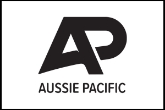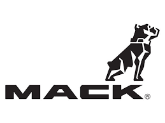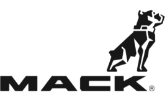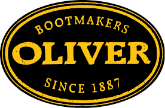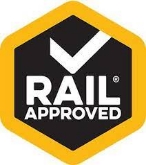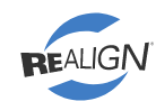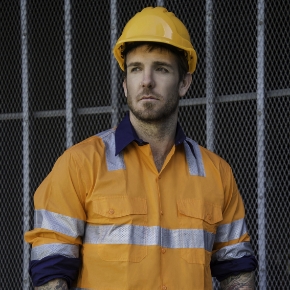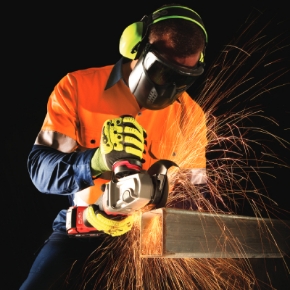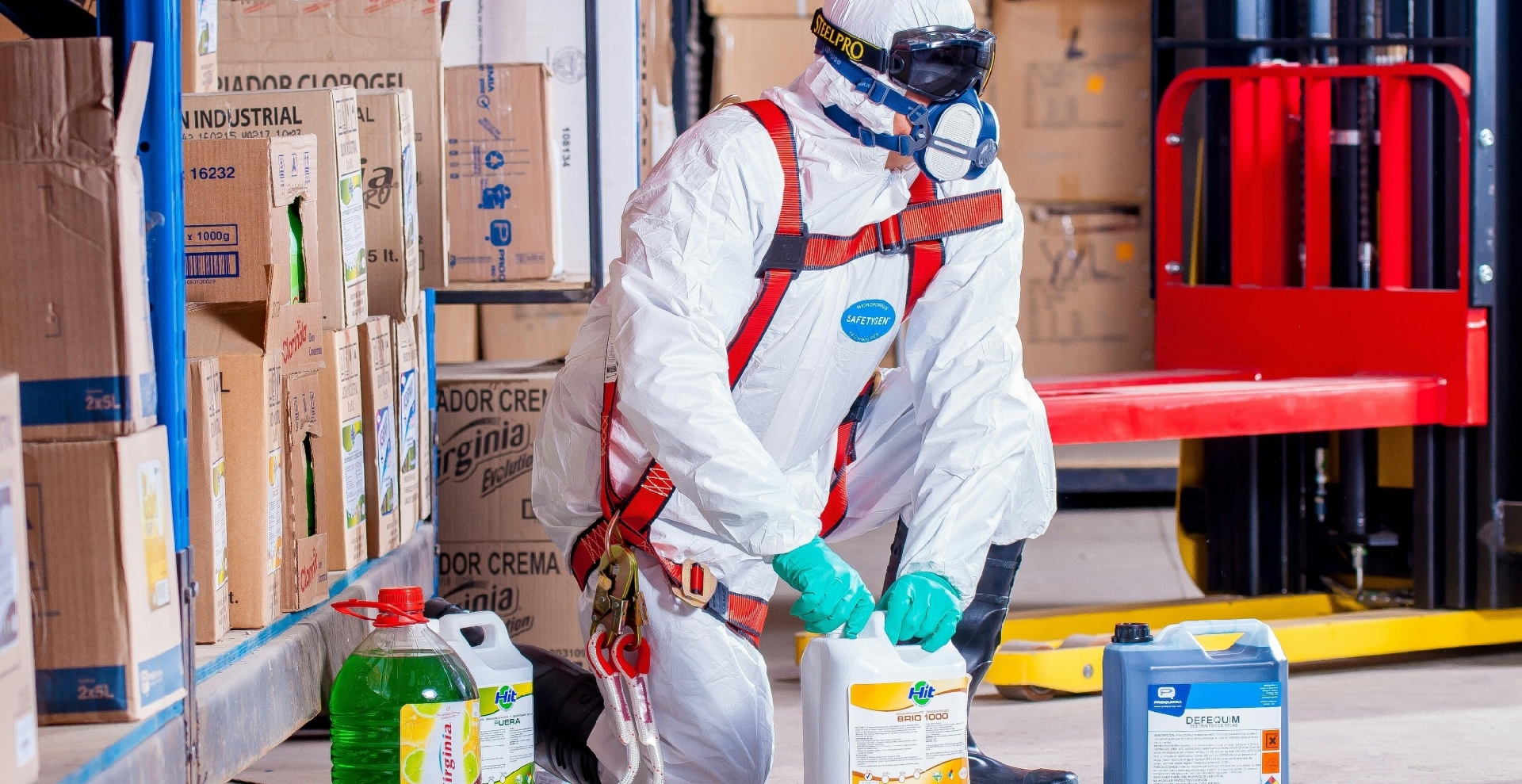
Many businesses rely on chemicals in some form. Manufacturing companies ranging from automobiles, electronics to pharmaceuticals, require chemicals for material production, cleaning, and sanitation. In agriculture, fertilizers, pesticides, and herbicides are all required in farming. Food processing facilities also involve cleaning chemicals, additives, and preservatives.
In textile and apparel, dyes, bleaches, and finishing are all processes that involve chemicals.
In construction, paints, sealants, and adhesives are heavily present in day-to-day operations and are used extensively in construction projects.
Lastly, in healthcare, hospitals and clinics use a range of disinfectants and sterilant to keep surfaces and tools clean. Medical laboratories also require reagents for diagnostic tests and other specialized tests.
Hazardous chemicals are a reality in many workplaces. From cleaning products to industrial solvents, those substances can pose a serious threat when not handled properly.
Maintaining a safe workplace free of harmful chemicals calls for a multifarious strategy. These are some important tactics to give thought:
Risk Assessment and Control:
- Name hazards: Create an all-encompassing inventory of every hazardous chemical used in your company. Among the flammable liquids—acetone, diesel, methanol—as well as the poisonous chemicals—cyanide, mercury, lead, and arsenic—are some examples.
- Risk assessment: For every chemical, do extensive risk evaluations incorporating elements of flammability, toxicity, and reactivity. List the possible risks connected to every chemical you use in the workplace.
- Hierarchy of controls: Using the hierarchy of risk controls will help to reduce exposure. When at all feasible, this gives the eradication or replacement of the dangerous chemical top priority. Engineering controls like ventilation systems and isolation booths follow from elimination's impossibility.
Safe Work Practices and Procedures:
- Develop safe-handling procedures: Create explicit, well defined written policies for handling, storing, and moving dangerous chemicals.
- Worker training: Training all employees handling dangerous chemicals on these processes is essential. Training should address correct labeling, spill response procedures, emergency evacuation strategies, and safe PPE usage.
- Safety Data Sheets (SDS): For any hazardous substance used in the workplace, make sure easily available safety data sheets (SDS) exist. Workers should be taught to grasp and apply the SDS material on safe handling techniques, first aid policies, and disposal methods.
- Maintain open lines of communication: Workers should be free to document any safety concerns or hazards connected to dangerous chemicals.
- Conduct regular inspections: Conduct regular inspections of storage areas, ventilation systems, and PPE to identify and address potential hazards.
- An appropriate spill response in place: Plan for how you will handle chemical leaks and spills. Instruct employees on safe spill cleanup techniques including the use of suitable PPE.
- Regular Housekeeping: Maintain a clean and organized work environment to minimize the risk of accidents.
Proper Safetywear:
The specific type of safetywear will depend on the specific hazards of the chemicals being handled. Some common types of PPE for hazardous chemicals include:
- Chemical-resistant gloves: Protect hands from skin contact with chemicals. The material of the gloves should be chosen based on the specific chemicals being handled. Recommended: Graphex Fusion Gloves.
- Safety glasses or goggles: Shield eyes from splashes, dust, or fumes. Goggles provide a more secure fit than safety glasses and are recommended for higher risk situations. Recommended: Apollo Premium Safety Glasses.
- Face shields: Offer additional protection for the face from splashes or sprays. Recommended: Force360 Aegis Clear Chinguard Combo Faceshield.
- Respirators: Protect workers from inhaling hazardous fumes, vapors, or dusts. The type of respirator needed will depend on the specific air contaminants. Recommended: Frontier P2 Cup No-valve Respirator.
- Coveralls or lab coats: Provide a protective barrier for clothing and skin from chemical splashes or dust. Recommended: Force360 SPP Laboratory Coat.
- Safety boots or shoe covers: Protect feet from spills and splashes. Recommended: Force360 CPE Shoe Cover.
Train workers on the proper selection, use, maintenance, and inspection of PPE. This ensures they wear the right equipment for the job and know how to use it effectively.
By adhering to these practices and following relevant regulations like the Model Code of Practice for Hazardous Chemicals (Australia), employers can demonstrate their commitment to worker safety and minimize the risks associated with hazardous chemicals. Remember, a safe work environment is not just about compliance; it's about protecting the health and well-being of your workforce.






